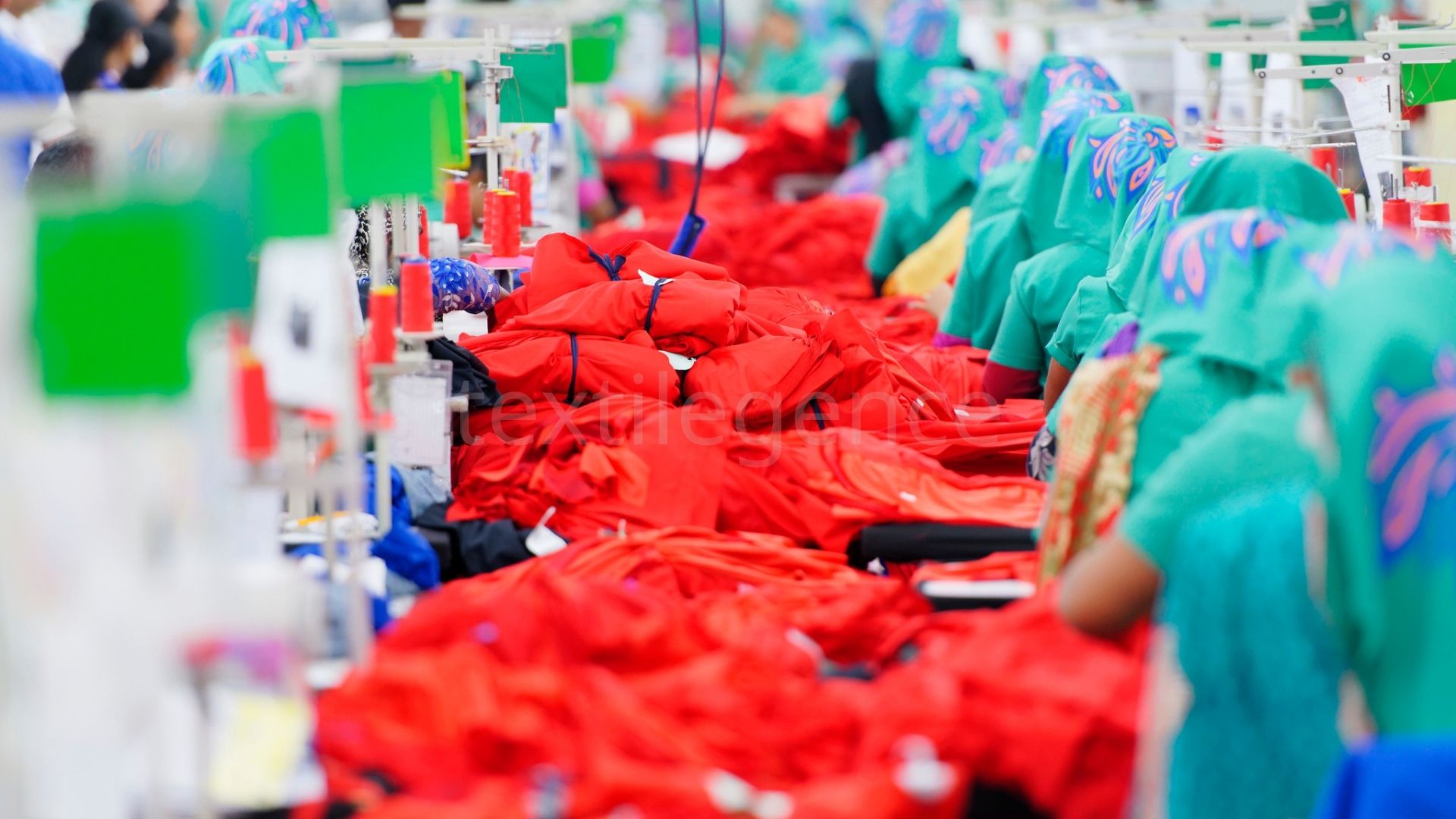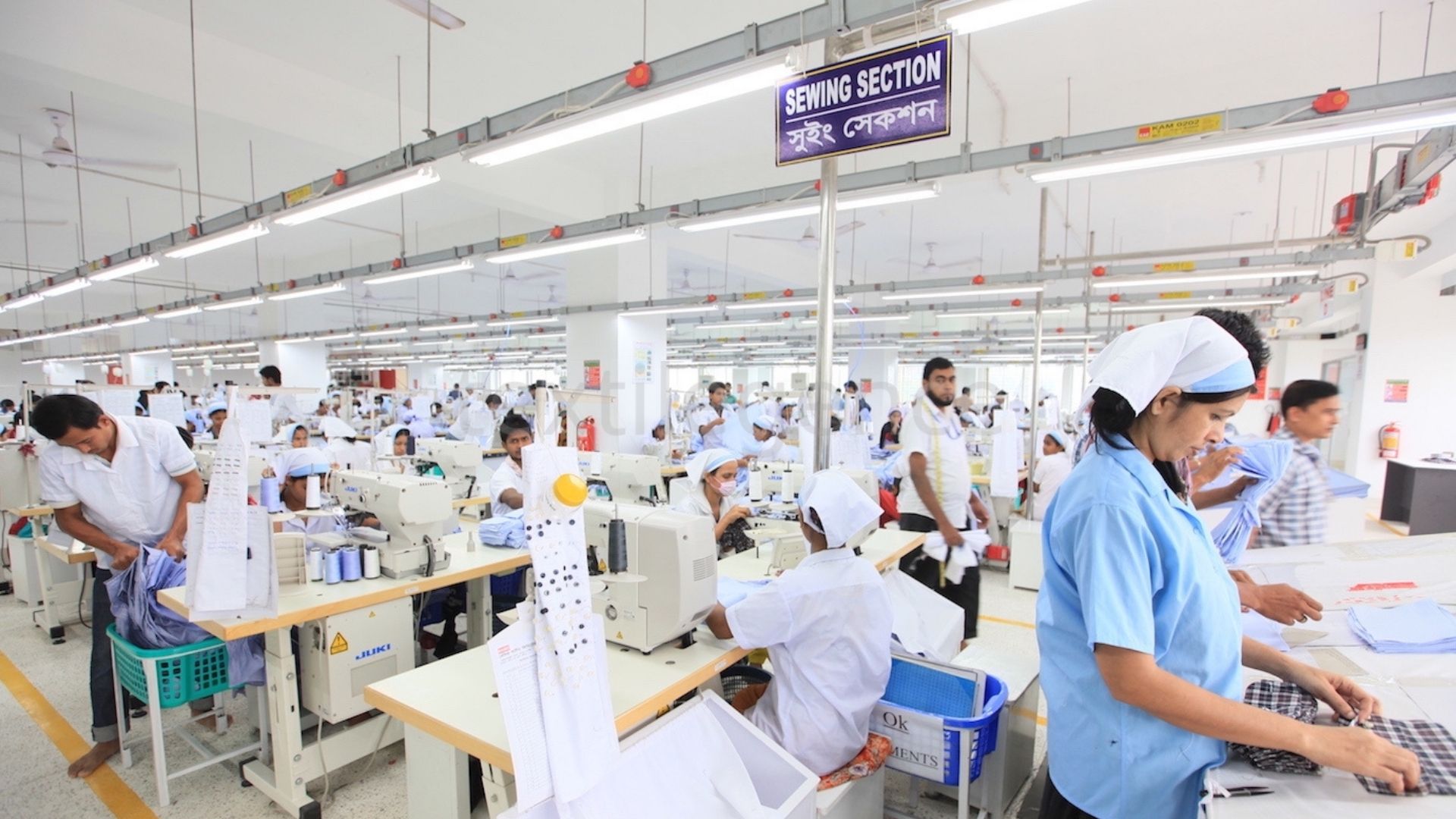Twelve years passed after the eight-storey building Rana Plaza came crashing down in Bangladesh, on April 24, 2013. At least 1138 people died, the large majority of them garment workers in one of the five factories that the building house and thousands more injured. Clean Clothes Campaign, the global network of over 200 organisations operating in over 45 countries, connecting actors across the garment and sportswear industry, in its statement regarding the subject, said that today, the factories in Bangladesh are much safer, but poverty wages and lack of freedom of association prevail. They call upon brands to stop making and breaking meaningless promises and commit to binding obligations:
“Rana Plaza was not a freak incident, but an accumulation of deeply ingrained systemic issues plaguing the apparel industry. Despite an evacuation the day before, the cutthroat pressure of global supply chains meant that the work inside the building continued the next day. The poverty wages in the industry made workers enter under the threat of withholding pay. Lack of freedom of association meant that workers could not collectively resist.”
According to the Clean Clothes Campaign; most progress was made in the areas of factory safety: “Yet, despite the widely recognised success of the legally binding Accord (signed by over 260 brands across the world), some garment and home textile brands continue to rely on ineffective voluntary self-checks or free-ride on the Accord. Kontoor Brands (Wrangler, Lee), Decathlon, Amazon, IKEA, Walmart, Urban Outfitters, and Tom Tailor are among the brands who continue to put their workers’ lives at risk.”
What is Accord and what is the importance?
The Accord agreement was first signed in May 2013 between unions and more than 200 global apparel brands, including H&M, Zara, American Eagle, PVH (parent company to Tommy Hilfiger), C&A, UNIQLO, Primark, and Adidas. The Accord first expired in 2018, but a successor Accord agreement was extended again until 2021.
Then, in August 2021, the Accord was extended and expanded into the International Accord. And in December 2022, international textile and garment retailers and the global trade union signatories to the International Accord agreed to establish a new workplace safety program in Pakistan.
In an article on Remake’s website in 2022 the following details included: “The Accord has provided building and fire safety inspections, training and remediated safety problems in 1,687 factories in Bangladesh to date. More than 38,000 initial and follow-up inspections have been conducted for fire, electrical and structural safety. By 2018, the vast majority, 85% of all the original hazards identified had been eliminated. Today, more than 90% of factories found to have safety problems have remediated and corrected those problems.”
Clean Clothes Campaign highlights, to maintain the progress made in the past, it is also of vital importance that the Accord’s signatories address the excessive influence of employers in the implementation and governance system of the International Accord’s Bangladesh programme, the RMG Sustainability Council (RSC), as raised by CCC and other witness signatories to the Accord in a recent memo.

“Twelve years since the Rana Plaza collapse, it is vital that worker safety remains safeguarded”
Salahuddin Shapon, President of the Bangladesh Revolutionary Garment Workers Federation and Senior Vice President of the IndustriALL Bangladesh Council said that twelve years since the Rana Plaza collapse, it is vital that worker safety remains safeguarded: “The safety committees at the factory level, trained by the Accord, are now in a weaker position because of the RSC, and a labour code amendment introduced in 2022 under the previous government reduced the rights of workers in factory level safety committees and granted more power to factory owners. This needs to be reversed.”
Kamrul Hassan, general secretary of the Akota Garment Worker Federation stated that the work of the Accord is all the more important at a time when new health and safety risks emerge in the wake of the climate crisis, such as heat stress and flood risk, noting brands signatories should ensure that their participation in the programme proactively inspects for these health risks, and extends checks deeper into their supply chains.
It is stated that workplace injuries and deaths have not been fully eliminated from the industry, but since 2022 injured workers and families of killed workers can finally claim compensation under an Employment Injury Scheme pilot (EIS). Rashadul Alam Raju, general secretary of the Bangladesh Mukto Garment Sromik Union Federation (BIGUF) said: “The EIS pilot should turn into law to ensure that access to compensation is automatic and immediate for all workers or their families in case of workplace injury or death.”

